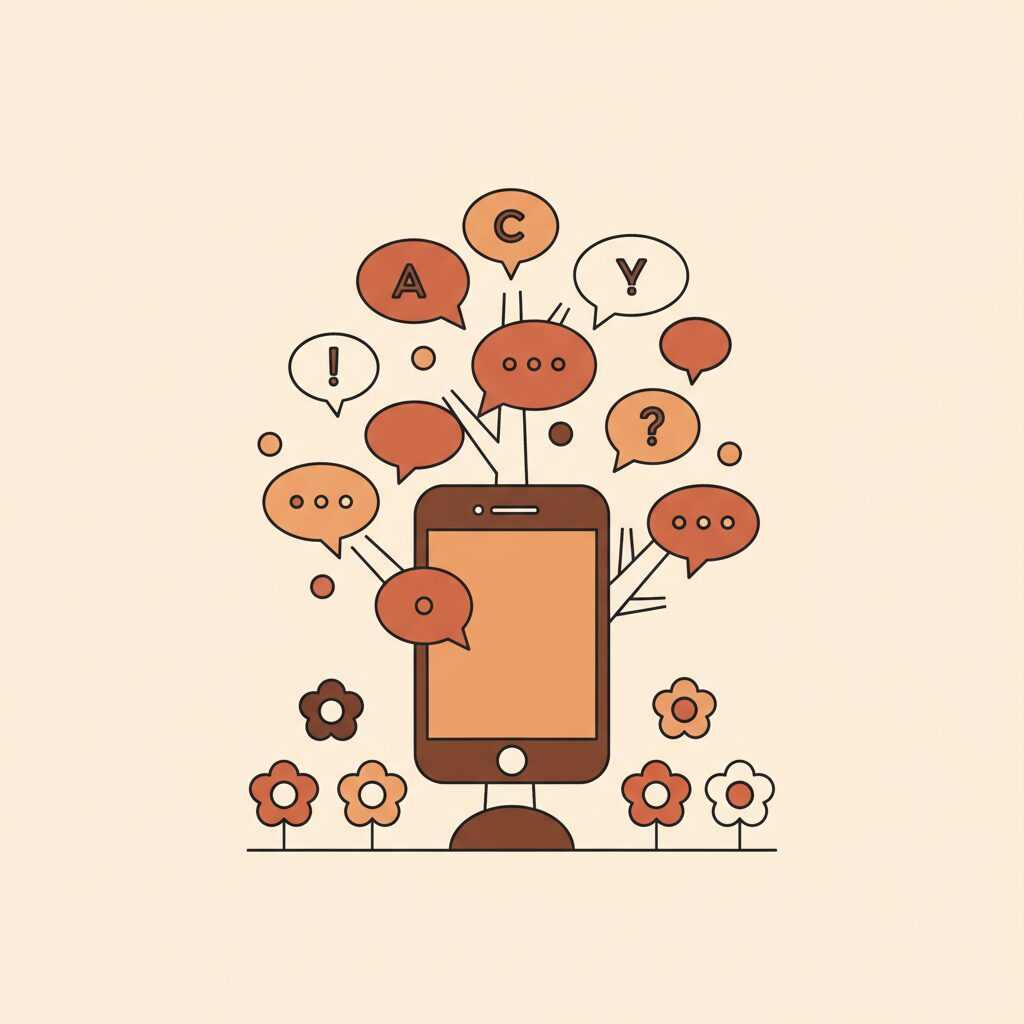
Ever catch your child repeating phrases from a language app between sidewalk chalk games? That spark of curiosity feels like magic. Now Google’s Translator is stepping onto the playground with new AI-powered practice tools, aiming straight for Duolingo’s territory. It’s not about replacing bedtime stories with bots—it’s about how we weave these digital moments into real-life adventures without losing what makes childhood shine. Let’s talk like we’re sharing picnic blanket secrets: what this shift means for our little explorers.
How Do AI Language Tools Change Learning for Kids?

Picture this: Translator now offers custom practice sessions where your child speaks aloud and the app listens—even filtering chatter if you’re trying this over noisy restaurant giggles. Tailored prompts match their level (‘ordering croissants’ versus ‘school introductions’), and daily progress tracking nudges consistency. Duolingo built its world on playful streaks and owl mascots turning practice into joy, but Google leverages its translation muscles for real-time conversation flow. What’s fascinating is how both want the same thing: that ‘aha!’ moment when words click. Yet beneath the tech glow lies a gentle truth: apps can’t replicate the warmth of your child tripping over a new word while ordering ice cream during summer travels. The real magic happens when screens become sidekicks, not the main event.
We’ve all seen how apps hook kids with points and colors. But remember that time your toddler proudly mispronounced ‘gracias’ to a shopkeeper? That human connection—laughter over mistakes, shared smiles—can’t be gamified. Duolingo knows this well; their CEO reminds us that ‘sticking with it’ comes from joy, not algorithms. So as these tools evolve, our role isn’t to panic but to frame them wisely: as flashlights illuminating paths, not the destination itself.
Why Balance Beats Binary Choices in Language Learning

Let’s be real—screen time worries pile up like fall leaves. But fretting over ‘apps bad, books good’ misses the nuance. Imagine using Translator’s practice mode before a family video call with grandma in Seoul: suddenly, saying ‘안녕하세요’ feels less scary. Or comparing Duolingo’s playful quizzes to sharing Korean pancake recipes with neighbors. Tech shines brightest when it bridges worlds, not walls. The key isn’t screen limits alone but weaving digital sparks into tangible experiences. Did you know Google’s voice models now ignore background noise? Perfect for practicing while waiting at parks—but the real win? When they try those phrases with the new kid in class tomorrow.
Here’s what tugs at my heart as a parent: these tools democratize access. A child in our neighborhood now practices Spanish using free app features instead of expensive tutors. Yet we must guard against mistaking convenience for connection. Language lives in shared meals, playground negotiations, even fumbling through street signs abroad. Next time your child uses an app, why not turn it into a family treasure hunt? Find one word together, then hunt for it ‘in the wild’ at local markets. Suddenly, tech fuels curiosity rather than replacing it.
How Can Parents Cultivate Language Roots with AI Tools?

Our children aren’t just learning words—they’re growing resilience. When an app gently corrects pronunciation, it teaches perseverance without shame. But the deepest lessons bloom offline: like when my daughter struggled to ask for ‘agua’ during a trip, then beamed as the vendor high-fived her. That’s the treasure we seek—not flawless accent drills, but courage to try. Google’s noise-filtering tech? Handy for focused practice. But real fluency grows in messy, joyful contexts: family trips where miscommunication leads to shared laughter, or cooking together while swapping terms for ingredients.
So let’s nurture roots and branches. Start small: during walks, pick a ‘word of the day’ from an app, then seek it in signs or songs. Notice how they light up spotting it ‘in the wild’! Blend Duolingo’s game-like energy with living moments—maybe a picnic where each bite comes with a Spanish color word (‘rojo’ for strawberries!). Research shows kids retain more when learning ties to sensory experiences1. That’s the sweet spot: apps as launchpads, not lifeboats.
And here’s my quiet hope: let these tools remind us to stay present. When your child practices ‘merci’, kneel beside them. Celebrate clumsy attempts. Because language isn’t just vocabulary—it’s the confidence to connect. How might we weave these digital sparks into our own family stories? That’s a skill no algorithm creates, only love and patience can grow.
Source: This Week’s Business Technology News: Google Translate Takes On Duolingo, Forbes, 2025/08/31
